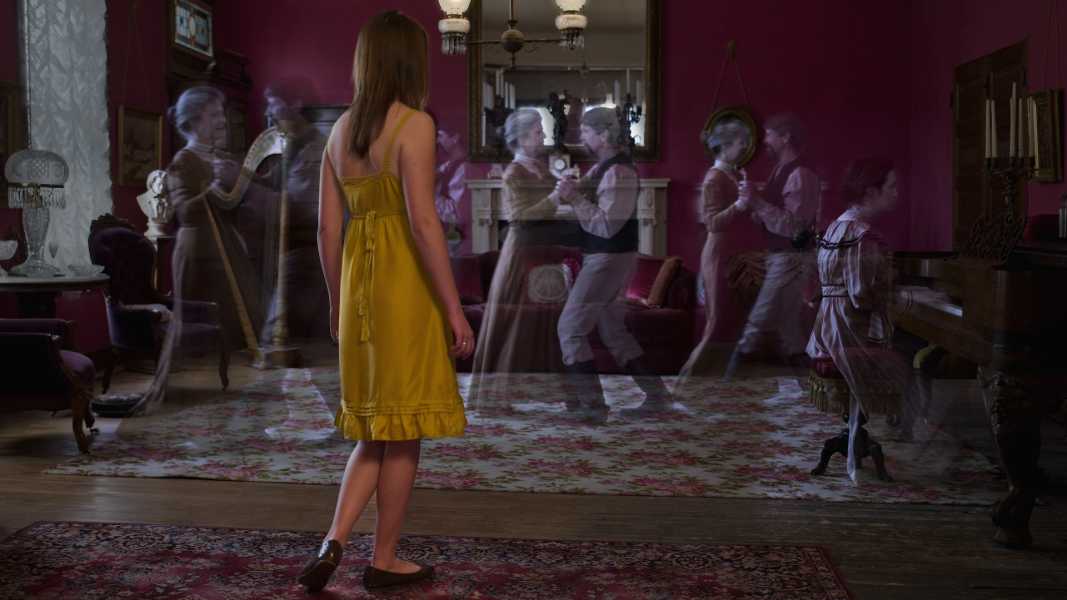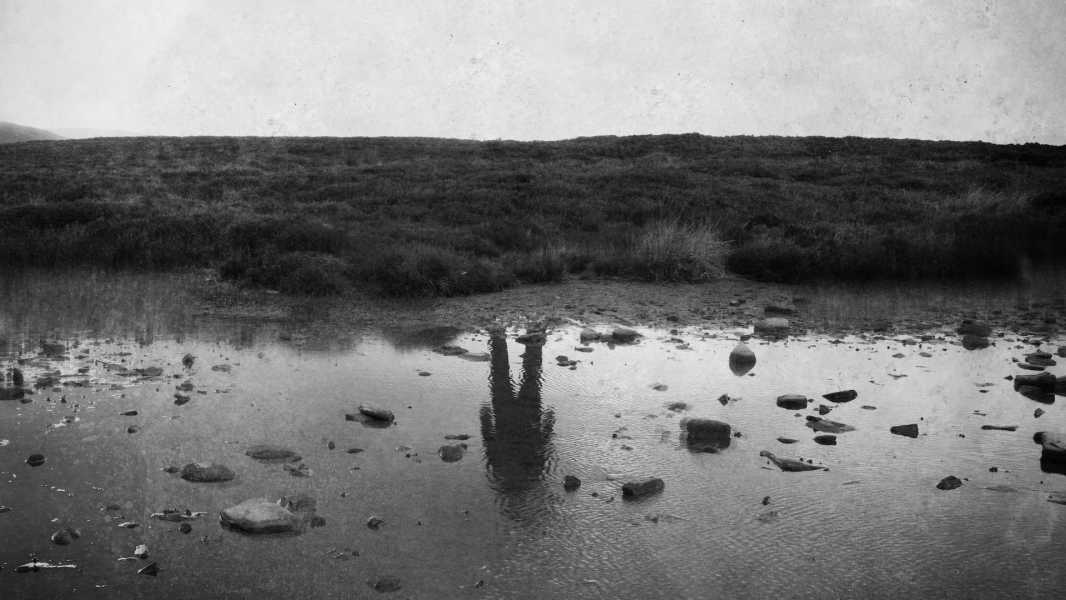
An image of a woman watching dancing ghosts. (Photo by Ralph Nau via Getty Images)
You may know someone who tells you a fascinating ghost story. You may even think you've had a ghost encounter yourself. However, given the lack of scientific evidence that ghosts exist, why do some people believe they've seen or heard one?
Christopher French, emeritus professor of psychology at Goldsmiths, University of London, recently published a book on the science of the paranormal and said ghost sightings are often “genuine but misguided interpretations of phenomena that have a natural explanation.”
“Just because you don't have an explanation doesn't mean it doesn't exist,” French told Live Science.
French is a skeptic who explores non-paranormal causes of ghostly encounters. These causes may include hallucinations, or perceptions of things that are not there; false memories, or recollections of events that did not happen; and pareidolia, the tendency to see faces or meaningful objects in inanimate objects or random patterns.
The human brain tends to ignore details and misrepresent events, as well as jump to conclusions when trying to explain ambiguous experiences. This is especially true when a person is trying to believe they have witnessed a ghost or other mythical creature, as previously reported by Live Science.
There are also certain medical conditions that can increase the likelihood of ghostly encounters. One such topic is a disorder known as sleep paralysis, in which people believe they are fully awake but unable to move, often feeling the presence of something sinister.
“It’s like your mind is waking up while your body remains still,” French explained. “You have this unique blend of normal waking consciousness and dream consciousness, and the content of the dream is seeping into your waking state. It can be downright terrifying.”
French added that if someone experiences sleep paralysis without prior knowledge of the disorder, it might seem reasonable to assume that they have had a supernatural experience. However, even in the sleep paralysis state, when people are subject to their dreams, the “presence” often encountered is a ghostly figure in the corner of the room.

A ghostly figure reflected in a pond.
Ghosts are often depicted in films as translucent beings, but such sightings only make up a small proportion of reports of paranormal phenomena. Johannes Dillinger, professor of early modern history at Oxford University
Sourse: www.livescience.com





